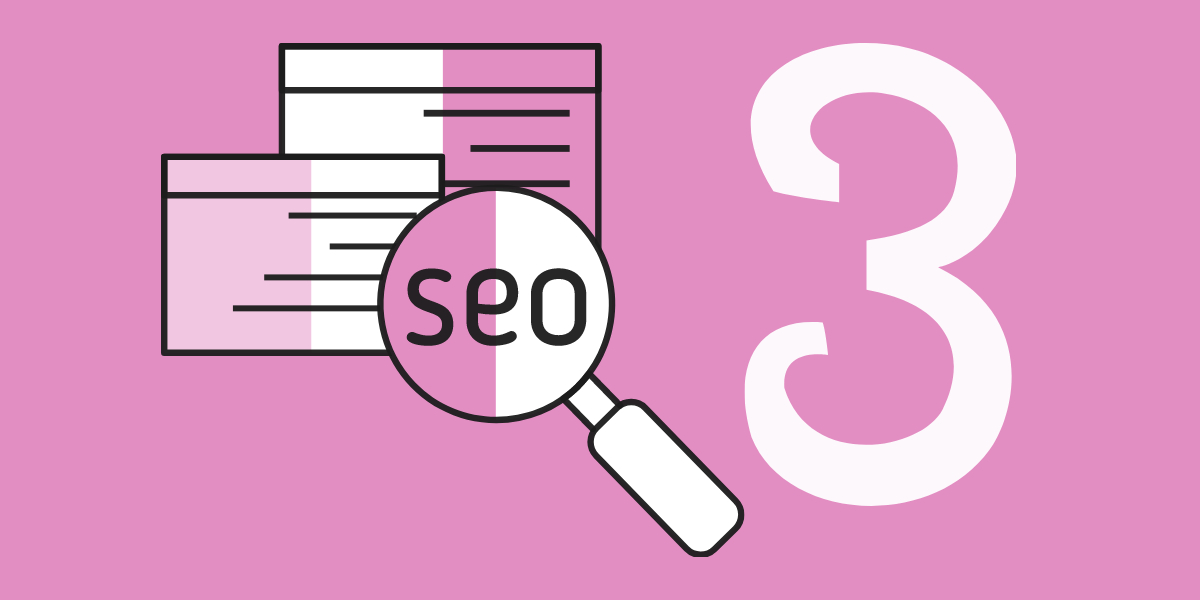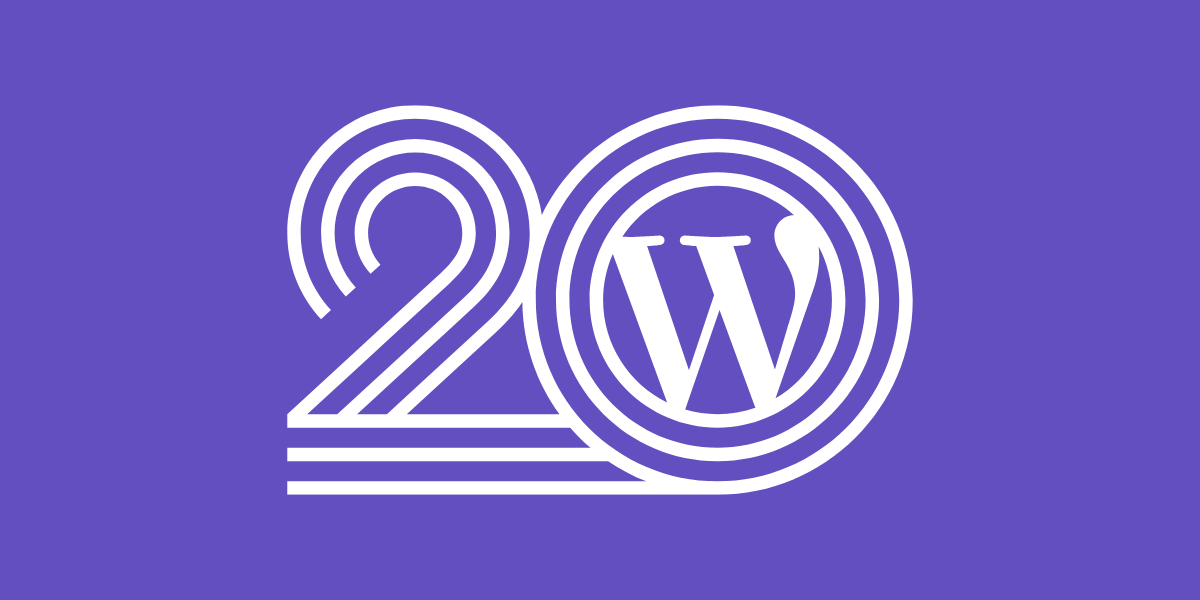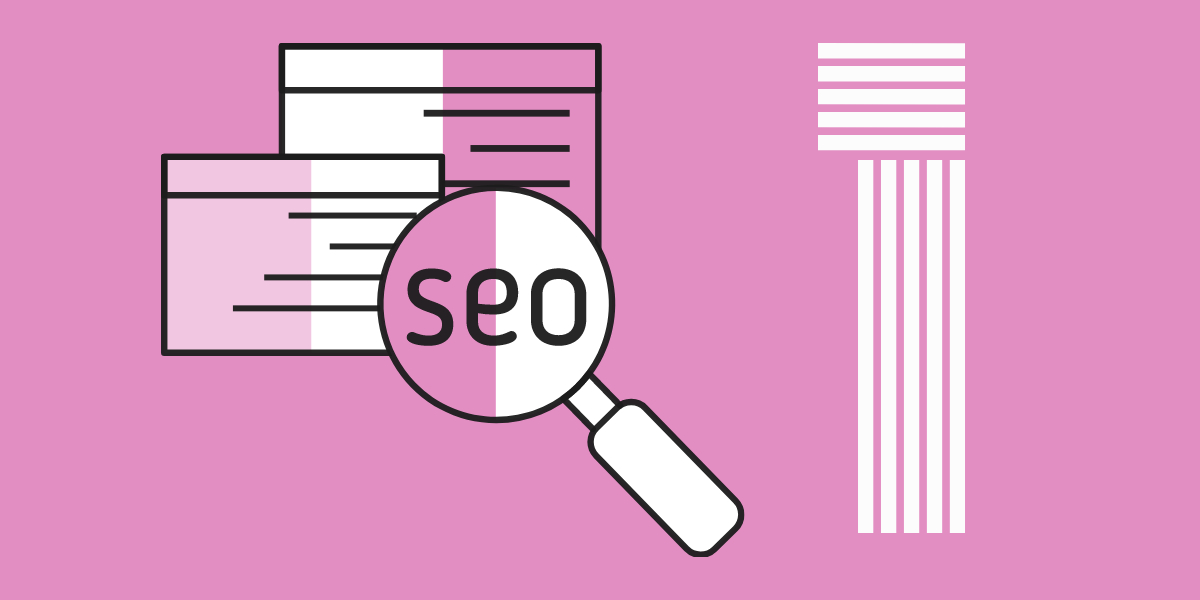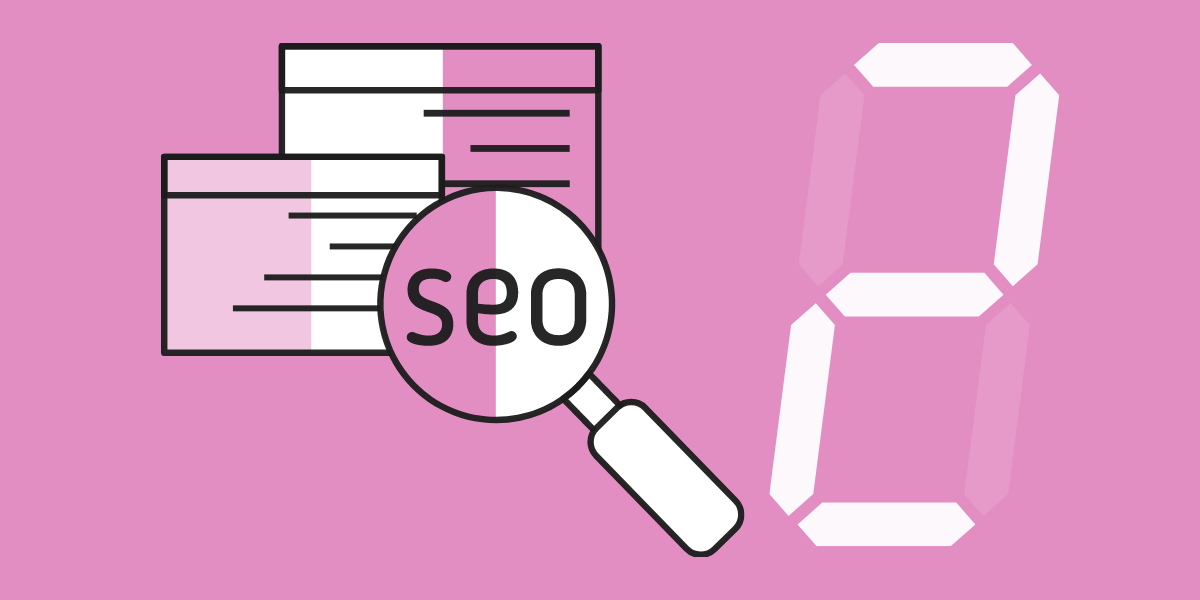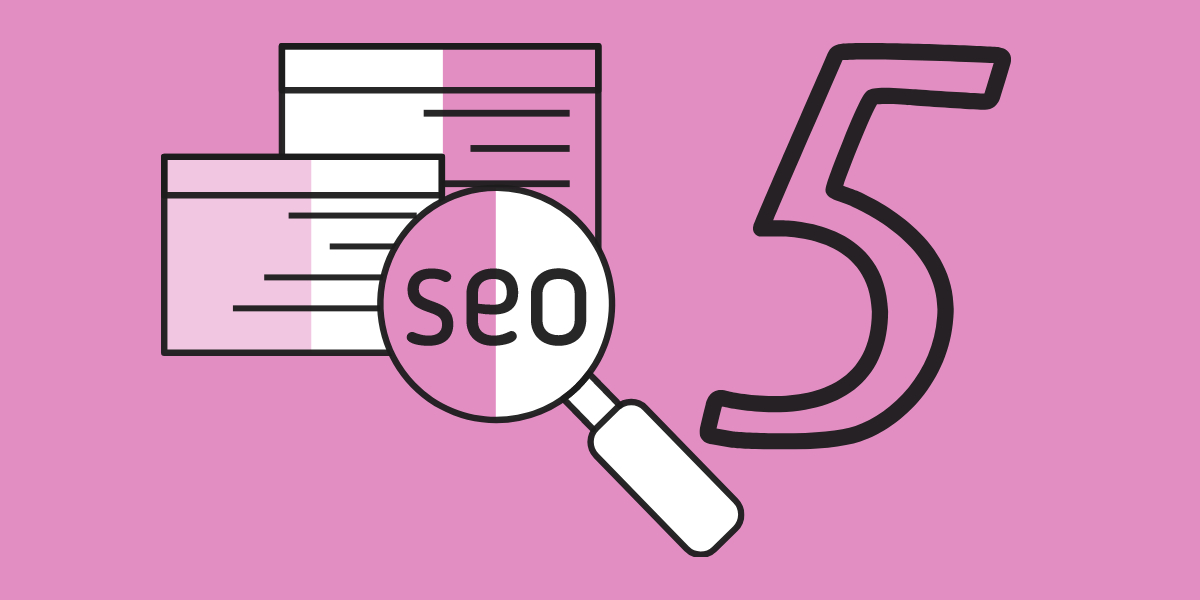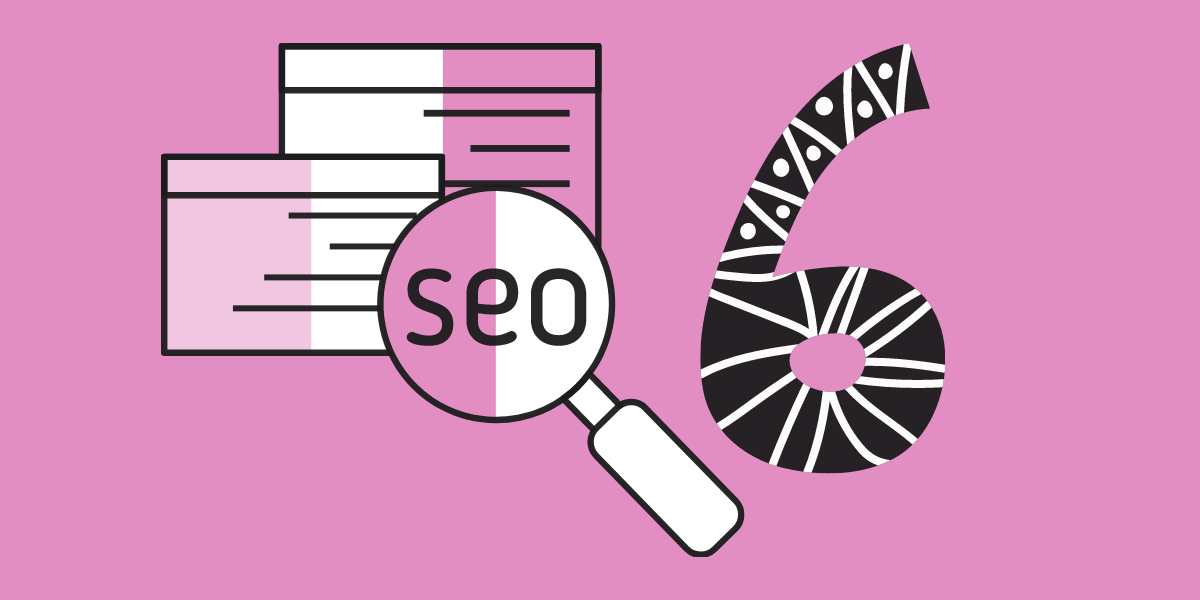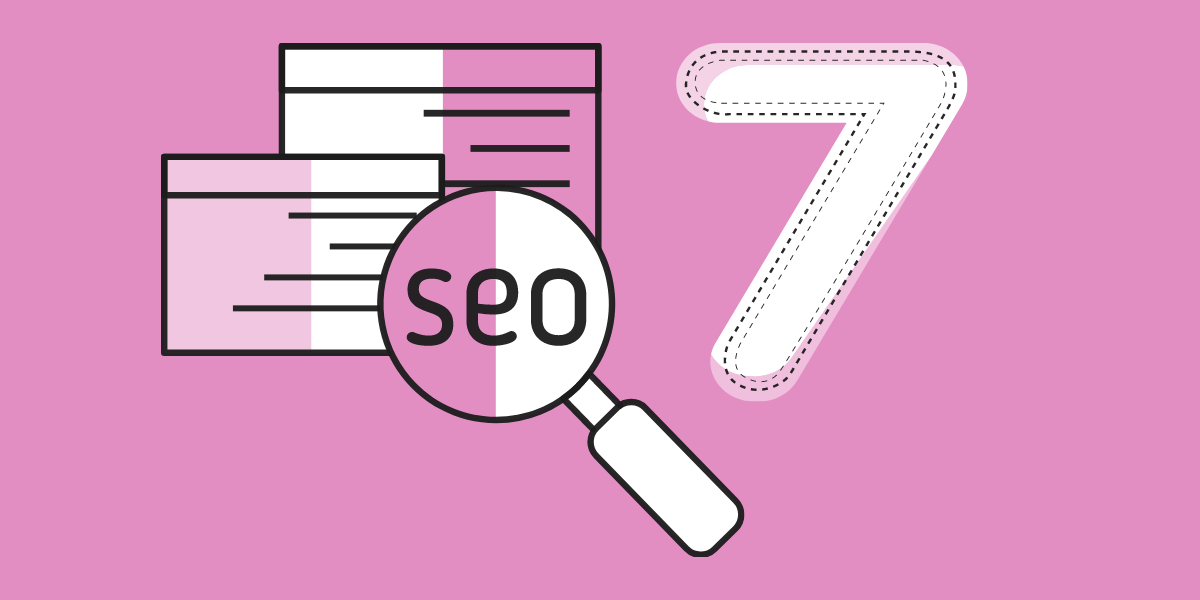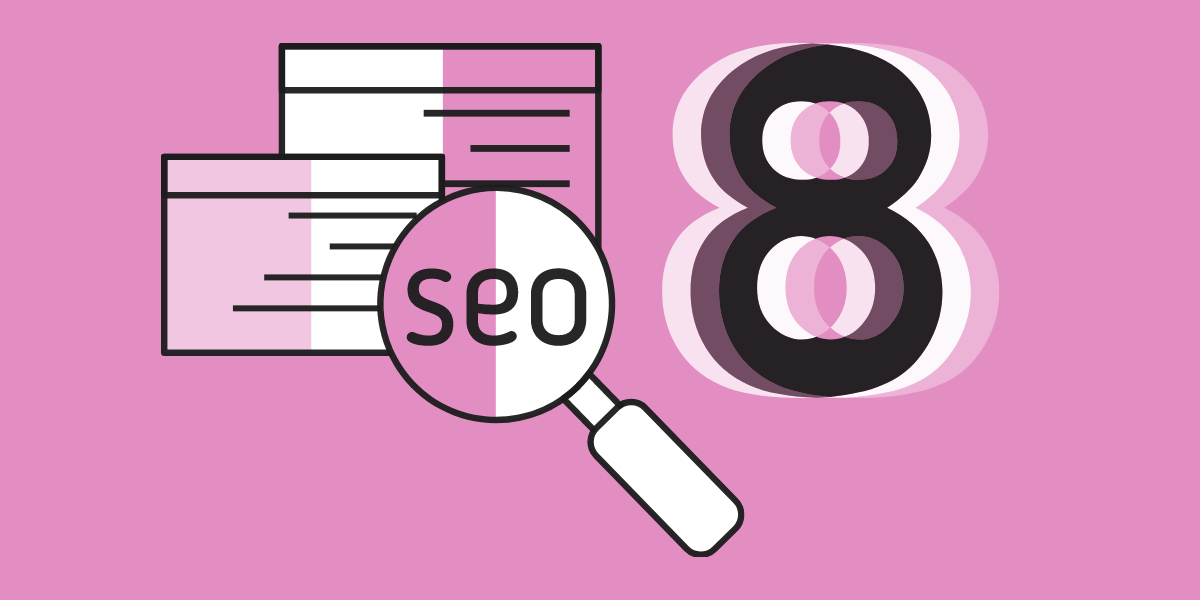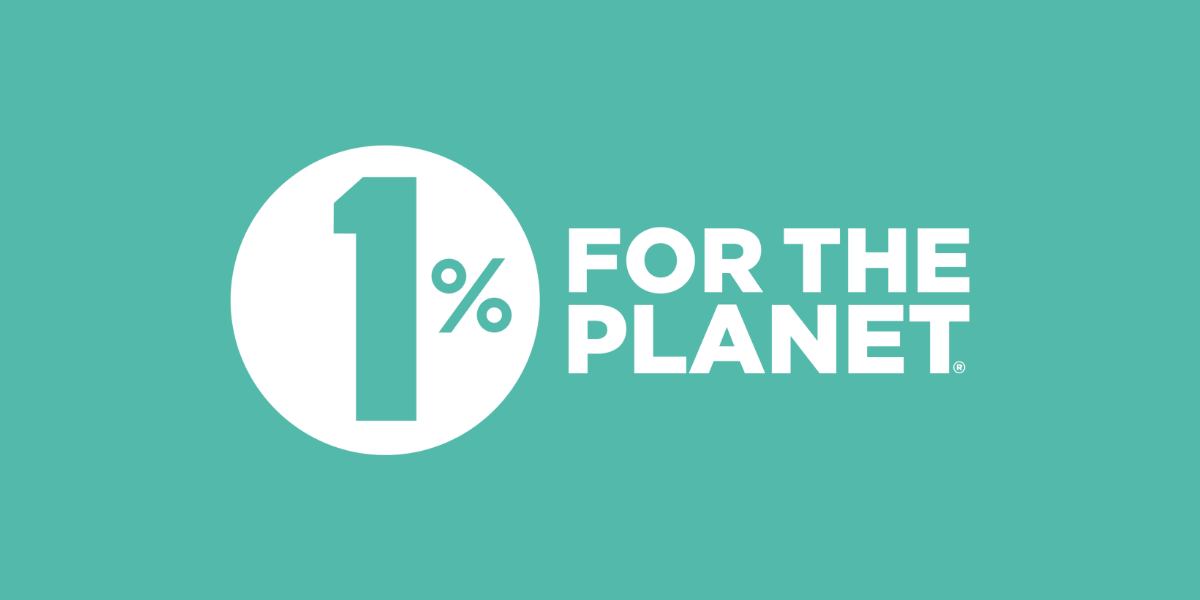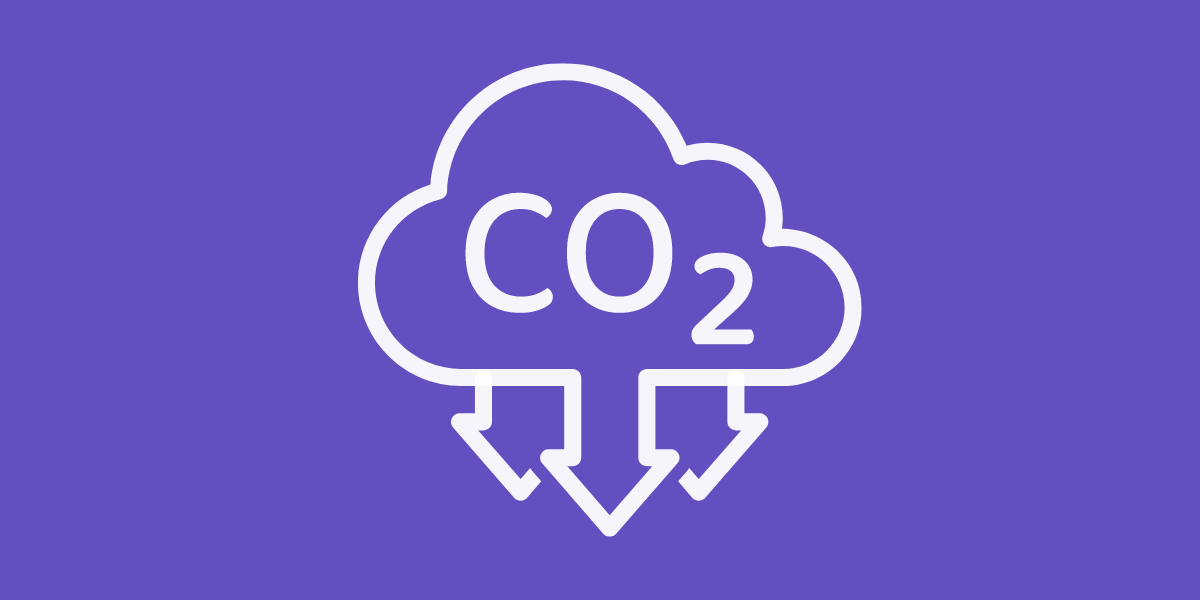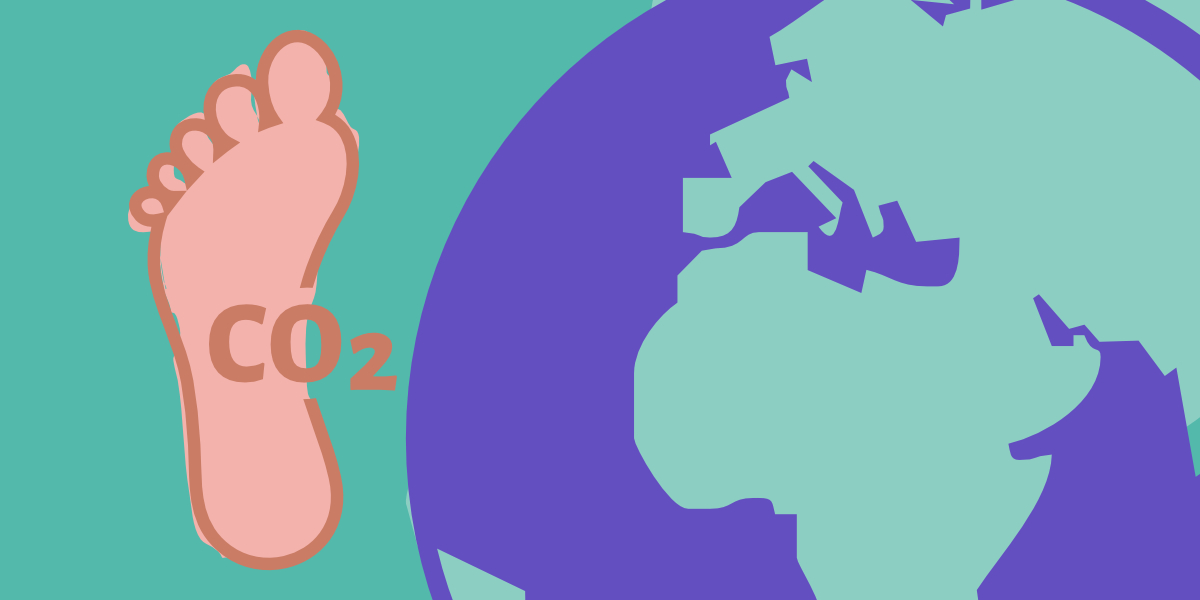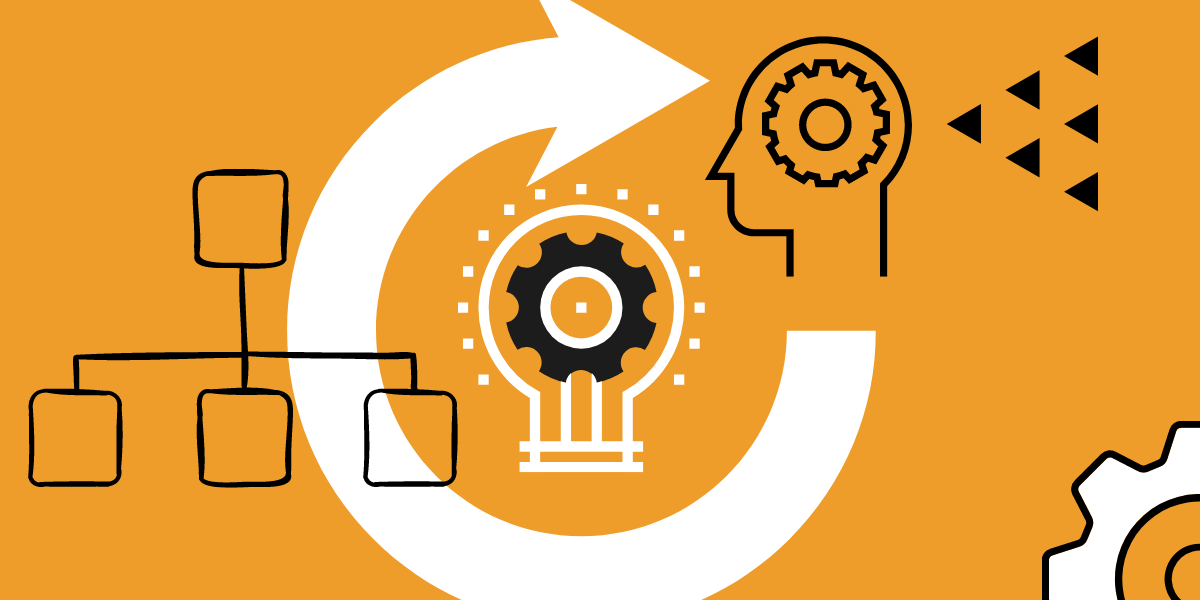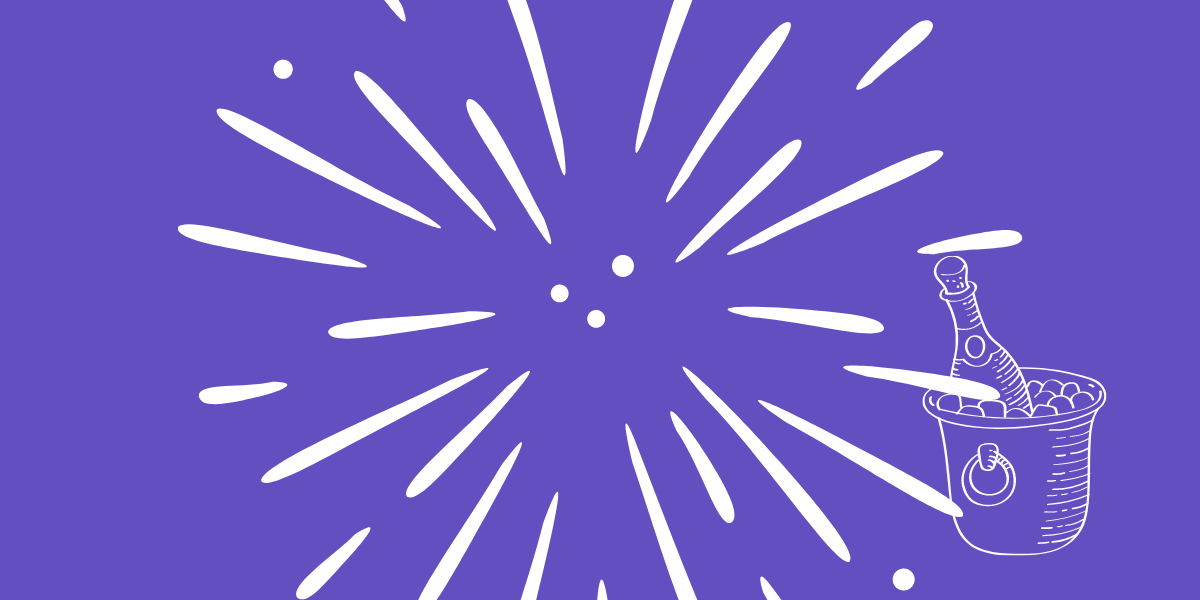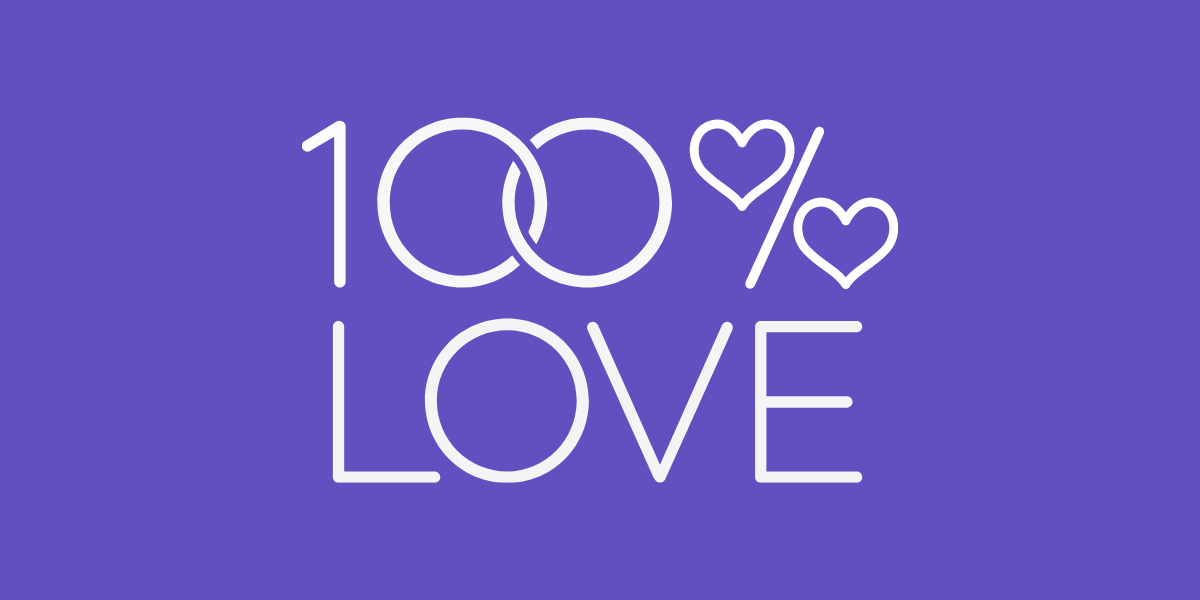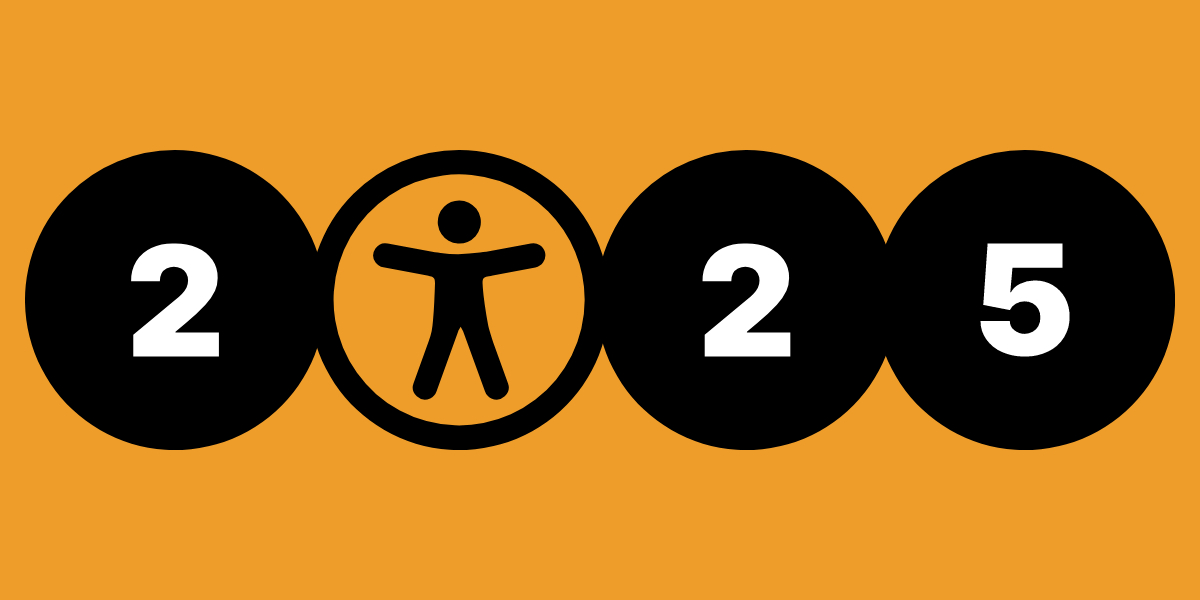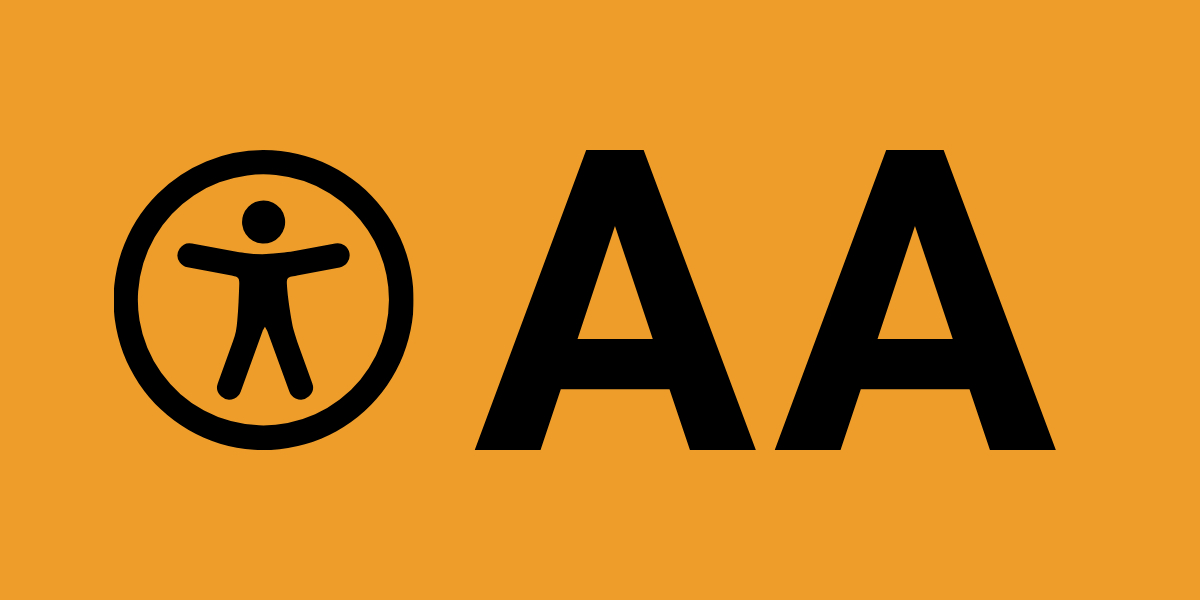SEO for Beginners, Part 3: On-Page SEO
In the previous parts of this series, we have talked about what SEO is and why it matters, and the importance of keyword research to increase your chances of ranking higher in search results. Once you’ve completed your keyword research, the next step is to optimise your content for those keywords using on-page SEO techniques. On-page SEO refers to all the actions you take on your website to help search engines understand and rank your content. It’s about making sure each page of your website is structured in a way that search engines and users can easily understand.
In this post, we’ll cover the essential elements of on-page SEO and how you can use them to improve your site’s visibility.
What is On-Page SEO?
On-page SEO involves optimising individual pages of your website to rank higher in search results. This includes adjusting everything from your content and HTML tags to your URL structure and internal links.
The goal of on-page SEO is twofold:
- To help search engines understand your content so that they can index it properly and rank it for relevant searches.
- To provide a better user experience, making it easier for visitors to find the information they’re looking for.
1. Optimise your title tags
Your title tag is one of the most important on-page SEO elements. It’s the clickable headline that appears in search engine results and gives both users and search engines a clear idea of what your page is about.
Here are some best practices for optimising title tags:
- Keep it under 60 characters so it doesn’t get cut off in search results.
- Include your primary keyword at the beginning of the title.
- Make it descriptive and engaging to encourage users to click.
For example, instead of a generic title like “Fitness Tips,” use something more targeted like “10 Proven Fitness Tips for Beginners.”
2. Use Heading Tags Properly
Headings (H1, H2, H3, etc.) help organise your content for both users and search engines. They break up your text, making it more readable and scannable.
- H1 Tag: Every page should have one H1 tag, which is the main heading of the page. It should include your primary keyword and give a clear idea of the page’s content.
- H2 and H3 Tags: Use these for subheadings to structure your content logically. These tags make it easier for users to navigate your content and for search engines to understand its hierarchy.
Example:
- H1: Best Workout Routines for Beginners
- H2: Cardio Workouts for Beginners
- H3: How to Get Started with Cardio
3. Craft good meta descriptions
As we mentioned in Chapter 2, meta descriptions are brief summaries of your page that appear in search results. While they don’t directly influence search rankings, they do impact click-through rates.
To optimise your meta descriptions:
- Keep it under 160 characters.
- Include your main keyword.
- Make it appealing—use action-oriented language to entice users to click.
A good meta description for a blog post on fitness tips might be: “Discover 10 proven fitness tips for beginners, including easy workout routines and healthy eating habits. Start your fitness journey today!”
4. Optimise your URLs
Your URL structure matters for both SEO and user experience. A clean, descriptive URL is easier to read, share, and rank.
Here’s how to create SEO-friendly URLs:
- Keep it short and descriptive.
- Use hyphens between words.
- Include your main keyword.
For example, instead of www.example.com/?p=123, use www.example.com/fitness-tips-beginners.
5. Incorporate keywords naturally
It’s important to incorporate your primary keyword and related terms naturally throughout your content. But remember—overloading your content with keywords (known as keyword stuffing) can hurt your rankings.
Focus on placing keywords in these strategic areas:
- The first 100-150 words of your content.
- At least one subheading (H2 or H3).
- Throughout the body of the text, but naturally and sparingly.
- The conclusion of the content.
For example, if your keyword is “fitness tips for beginners,” you might introduce it in the opening paragraph: “If you’re looking for effective fitness tips for beginners, you’ve come to the right place.”
6. Optimise images with alt text
Images play a key role in enhancing your content, but they also need to be optimised for SEO. Search engines can’t “see” images, so they rely on alt text to understand what the image is about.
Here’s how to optimise your images:
- Use descriptive file names (e.g., instead of
IMG1234.jpg, usebeginner-workout-routine.jpg). - Write descriptive alt text that includes your keyword, but avoid keyword stuffing. Alt text should explain what’s happening in the image (e.g., “woman performing a beginner cardio workout at home”).
- Compress images to ensure fast page load times. Large image files can slow down your site, which hurts both user experience and SEO.
7. Use internal and external links
Linking is an important part of on-page SEO. Search engines use links to crawl your site and understand how pages are related to each other.
- Internal links: These are links to other pages on your website. They help users navigate your site and keep them on your pages longer, which can improve SEO.
- External links: Linking to reputable external sources can build your site’s credibility. Just make sure to link to trustworthy, high-quality sites.
For example, if you’re writing a post about workout routines, you might link internally to a related post on “healthy eating” or externally to a reputable source like a fitness expert’s website.
8. Focus on readability and user experience
Search engines prioritise user-friendly content, so readability matters. A well-structured, easy-to-read article will keep visitors on your page longer, signalling to search engines that your content is valuable.
Tips for improving readability:
- Use short paragraphs and sentences.
- Break up text with subheadings, bullet points, and images.
- Use a conversational tone that’s easy to follow.
The more engaging and easy to navigate your content is, the better your chances of ranking.
Conclusion
On-page SEO is all about optimising your content for both search engines and users. By focusing on elements like title tags, meta descriptions, URLs, and keywords, you can make your content more attractive to search engines while providing a better experience for your readers.
In the next part of this SEO guide for beginners, we’ll explore off-page SEO and how building authority through backlinks and social signals can further improve your rankings.
